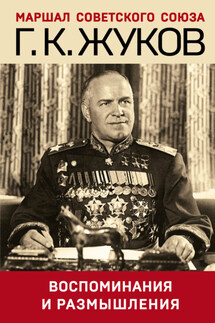Antonio Gramsci and Anti-bureaucratic revolution - страница 4
The first generation, from the point of view of adherents of this concept, refers to the 1920—30s. – “The generation of the natural history of the revolution” (after the title of Edwards’s work “The Natural History of Revolution”), to which belonged Edwards, Brinton, and Petty. To the second generation, Jack Goldstone ranked Ted Garr, Chalmers Johnson, Samuel Huntington, Charles Tilly (“From Mobilization to Revolution” (1978). To the third generation – Harry Eckstein “The Etiology of Internal Wars” (1965), Anthony Oberschall “Growing Expectations and Political Disorder” (1969), Edward Muller “Applicability of the Theory of Opportunity to the Analysis of Political Violence” (1972), Barbara Salert “Revolutions and revolutionaries” (1976), Theda Skocpol. J. Goldstone called last work “the crown of the third generation” [Goldstone, 59].
In the 90s Jack Goldstone said that “the third generation of theories of revolution is leaving the scene”: “not a single generally accepted theory of the fourth generation has yet been created, but the contours of such a theory are clear” [Goldstone, 99]. As targets for this fourth generation, Goldstone proposed revising all Skocpol’s key assumptions. “The stability of the regime in it will be considered as an unobvious state and substantial attention will be paid to the conditions for the existence of regimes for a long time; issues of identity and ideology, connections and leadership will occupy an important place; revolutionary processes and consequences will be seen as the result of the interaction of numerous forces. More importantly, it is possible that the fourth generation theories will combine the results of case studies, rational choice models and quantitative data analysis, and a generalization of these theories will cover situations and events that were not even mentioned in theories of the revolution of past generations” [Goldstone, 103].
It should be noted that any systematization should be based on homogeneous principles – criteria of one level. At the basis of the classification under consideration, all criteria (definitives) are in different planes. How can one compare the “historical approach” of a researcher with the idea of the modernization functions of the revolution or the basic principle of the model? You can only compare comparable categories. For example, those who invest in modernization functions and regressive functions, who place the principle of the role of state structures or demos organization at the forefront of revolution, those with a historical or mathematical approach (or any other), those who use structural-functional analysis and those who, for example, are repelled by form, quantity and strength, etc.
In many ways, the essence of the approaches of the entire XX and beginning of the XXI centuries. It boils down to the development of a theory of the revolution of Marxism or to the desire to oppose something to this theory. On the first side, revolutions are considered only in connection with a change in formations, on the second side, any massive radical forms of protest and coup d’etat fall into the revolution. It should be recognized that the Marxist approach is still more systematic and holistic, which constantly attracts adherents, and many of its provisions, one way or another, have been borrowed to this day. “The Marxist theory of society, often refined to the theory of revolution, remains one of the most stimulating models for the analysis of revolutionary processes of transformation” – a conclusion that many researchers have come to. The Marxist approach is more systemic, but sins with schematism. The three biggest shortcomings are the understanding of the revolution as a mandatory transition between formations, the inevitability of the proletarian revolution, which should lead to the emergence of the last formation (higher), economic determinism. The disadvantages of all opponents are more numerous. The lack of a clear definition of revolution (which allows “ripping” any riot, any significant social protest, ordinary coup d’etat into the term “revolution”), the causes of the emergence, the confusion of the causes of the revolution and what became the “trigger” – the reason for the first mass demonstrations.






